PERFECTING THE JUMP CUT
By: Doug Heslip
I have found myself fascinated by the jump cut. I think about it when I am at church, the grocery store, road tripping and often times I dream about it. I took this as a sign to make every attempt to perfect the jump cut. Can anything be perfect? No, but I cannot help but think that I can obtain the perfect jump cut mechanics.
The jump cut is a must have tool to be found in any running back’s toolbox. The ability to jump laterally and then accelerate forward is a key skill to destroy a defender trying to wrap you up.
I have studied the jump cut and have seen a wide variety of jump cuts. They all look similar but there are differences just based on the mechanical advantages or disadvantages your running back may have.
Some athletes are longer limbed, some are blessed with an abundance of fast twitch muscle fiber, some are stronger, some have ridged feet, some can accelerate like a rocket and some have great vision.
Great backs will possess a majority of these traits, but I have found even with these gifts, you can improve their jump cutting ability to make it even more effective.
Average running backs can notch up their elusiveness by some coaching cues to improve their jump cutting. The goal is to take a C+ running back and make him an A running back. I think this can be done.
First thing you need is a kid that has some want to. If your C tailback has a great work ethic this will be fun and very rewarding. If your A+ tailback has a big motor, listens and wants to compete, this guy is special.
The following drills I have implemented over the years. I have noticed that these drills have made a difference. If the difference improves motor skill and confidence in your back then use them.
FRONTAL PLANE JUMPING
Do not ignore the frontal plane. The frontal plane is crucial in the development of jump cutting. Make no mistake.
The first exercise I do is to have the athlete stand to the side of a plyo box. I have them get into their snap down. A snap down is a technique that prepares the athlete to jump and land properly with a proud chest. See photos.
I start some athletes jumping onto a low box to get the feel of jumping in the frontal plane. Once they have demonstrated the ability to land correctly I progress and increase the height of the box.
I explain to them that jumping in the frontal plane is like a windshield wiper going across a car window. The athlete jumps sideways up and onto the top of the box. I want them to keep their hips straight when they land and their chest proud. I do not want them cockeyed so to speak. Make sure you do this on each side of the box.
FRONTAL PLANE HOPS
If you are hopping to the right, take a short jab step with your left foot. Load and explode off of the short jab step with the left leg. Jump as far as you can off of the left leg and land on the right leg. It is ok if you have to use your left leg as a kick stand to stabilize yourself. Once you are stable, continue to hop across the floor. My athletes hop six times in one direction. Once six hops have been completed continue the other way with the opposite leg.
LOW BOX JUMPS
Have your athlete put their right foot on the low box and the left foot will be on the floor off of the low box. Have them take a micro jump to the right. The right foot will now be on the floor and the left foot will replace the right foot and be on top of the low box. When the right foot is about to hit the floor, cue your athlete to stick his foot in the ground and have his hips, knee and ankle in alignment. The ankle should be ridged to help push off when jumping back to the left. Also the right leg should spread away from the box. This will help create the shin angle we need to prepare the body to go back the opposite way. I start off with one jump and progress to a total of three consecutive jumps when I see the proper mechanics.
STABILITY BALL RESPONSE DRILL
A favorite among the athletes I train. Have your athlete stand away from you approximately 10 to 15 yards. The trainer is on one end of the playing surface and the athlete is at the opposite side.
I place two tackling dummies on the ground. I form the two of them into a 90 degree angle. Have your running back approach the two tackling dummies and perform a jump cut with a football secured in his arm.
Once he has cleared the two dummies have him run directly at you. As he nears you throw a stability ball at him. You can bounce it or throw it in the air with no bounce. He has to respond to the ball and not get hit with it. He can use a spin move, jump cut, and quick feet to avoid the stability ball as it is coming at him. If the stability ball hits him he is considered tackled.
AGILITY LADDER FRONTAL PLANE AND SAGITTAL PLANE CONE HOPS
I watched Lee Taft use the agility ladder in this fashion. I now use this with my football players. I take my ladder and lay it across the floor like everyone else does. I then take four to five cones and place them in squares down the ladder. The cones act as defenders and they must be avoided.
I never put a cone in the first square. I have my athletes stand on one leg with a football secured in their arm. They then hop forward. When they come across a cone they have to hop to the side to avoid the cone/defender. They now have to hop back to the agility ladder and land in a vacant square. They continue down the ladder hopping to the side each time they encounter a cone. I have them do this twice on each foot.
Of course they have to do this in the frontal plane also. Have your athlete hop down the ladder in the frontal plane. When they encounter a cone they hop off the ladder forward and then hop backwards back onto a vacant square. They continue down the ladder in this fashion.
I also have my athletes make a zig-zag pattern as they encounter cones in the sagittal plane.
This is an excellent way to strengthen the muscles and tendons in the foot. Weak feet will cause delays and each foot must be up to the task to take the lead role.
FRONTAL PLANE LEAP
Have your athlete stand on top of a plyo box. Have them take one of their legs and extend it over the box. At this point they’re standing on one leg on top of the plyo box. Have them drop to the floor and land one legged on the foot they extended over the box.
At this point the leg they landed on should have a slight bend. They’re now loaded to explode into the frontal plane. From here I instruct them to leap as far as they can in the frontal plane and land on the opposite leg. This is an advanced jump. I program it after I’m confident they’re strong enough and have demonstrated the ability to land safely on one leg. I will have them carry a football while performing this.
SUMMARY
- Advise your athletes they have to load to explode out of their jump cut. They need some knee bend. Excessive knee bend will cause your athlete to go in the opposite direction from where they want to go. This will also take too much time to readjust. They will be tackled due to the time it took them to get out of a bad position.
- As I said above, you need some knee bend, but at the same time their hip, knee and ankle should be in alignment and stiff. The stiffness will prevent excessive knee bend and save time.
- When they have completed the jump cut they are now ready to run straight ahead. I instruct them upon landing to get into a slight split stance if possible. This will put them into a ready position to accelerate as fast as possible.
- Make sure you train both legs as the lead leg. We cannot have a weak foot that may be called upon to start the acceleration process. I know things cannot be cookie cutter and landing in a split stance all the time is not reality. I will have them practice landing on two legs parallel to each other, landing on one leg, and having them practice accelerating out of their jump cut when a worst case scenario presents itself such as falling backwards, slipping etc.
- The ability to decelerate is critical. Make sure your athletes know how to decelerate/land to reduce the chance of injury. That being said, the ability to decelerate and reaccelerate must be done as fast as possible. If your athletes stick and stay they will get tackled.
- I love barefoot training. The foot is full of nerves. The nerves on the bottom of the foot love to be stimulated. Barefoot training keeps the nerves sharp and will improve response time. I tell my athletes to walk barefoot as much as possible.
These are a few nuggets that I have found to be very effective with the athletes that I work with. I can be found on Facebook. I have a Facebook page called Heslip Sports Performance. Check it out, I have a variety of drills that may help you and your athletes out.
About the Author:
Coach Doug Heslip is a sports performance and football coach in Negaunee, Michigan and trainer at Heslip Elite Sports Performance Training. He has been coaching football and training athletes for 20 years. Coach Heslip is an instructor at the USA Football/Green Bay Packer coaching clinics at Lambeau Field and has been for nearly 10 years, rated the number 1 station as polled by coaches after instruction. He is also a Team USA football coach. Coach Heslip has written several articles published through American Football Monthly and has a Running Back DVD through American Football Monthly, peer reviewed and labeled outstanding. He also received the Governor’s Service Award for the State of Michigan for coaching football.

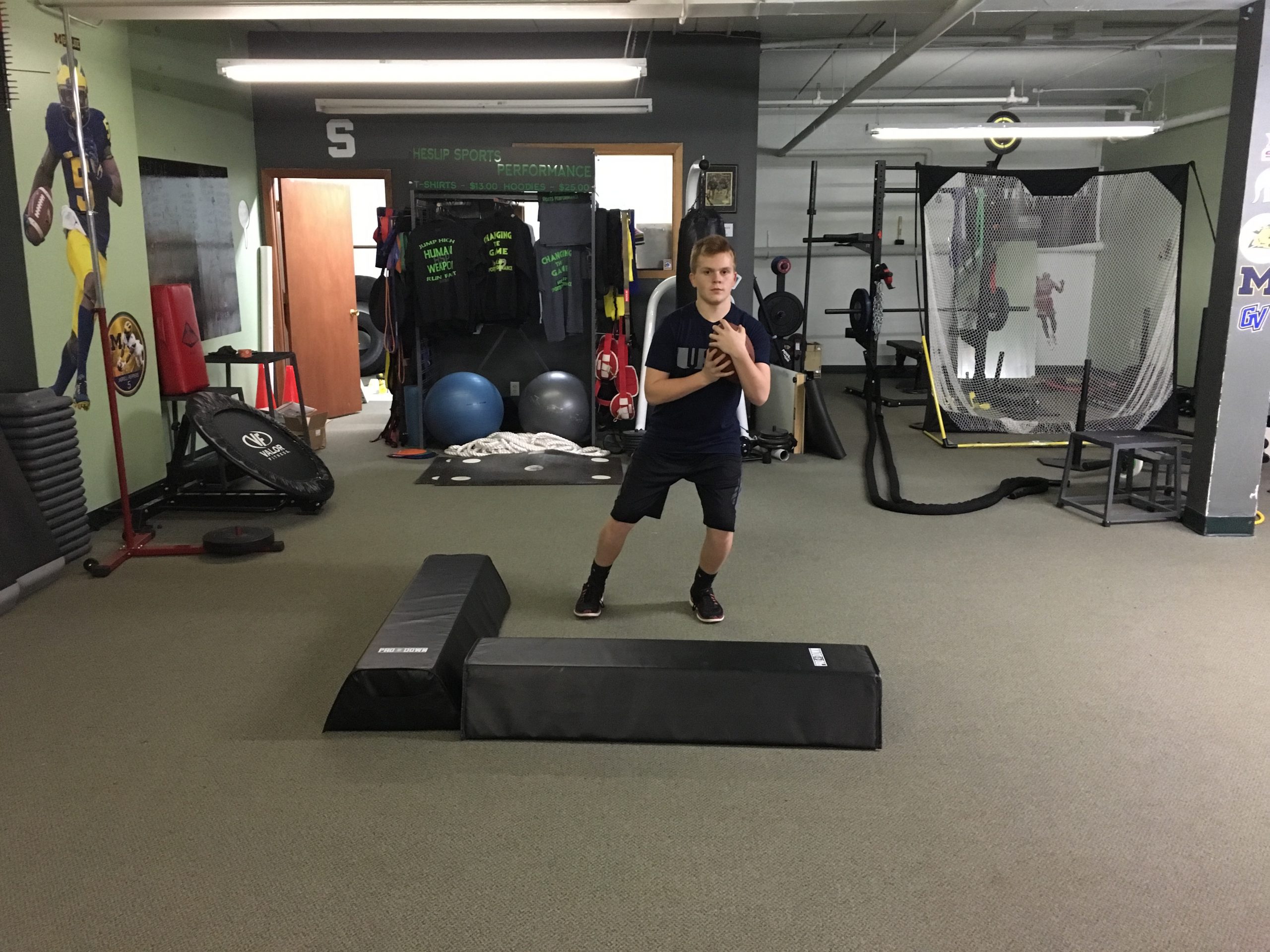
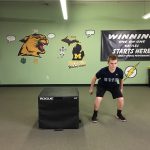

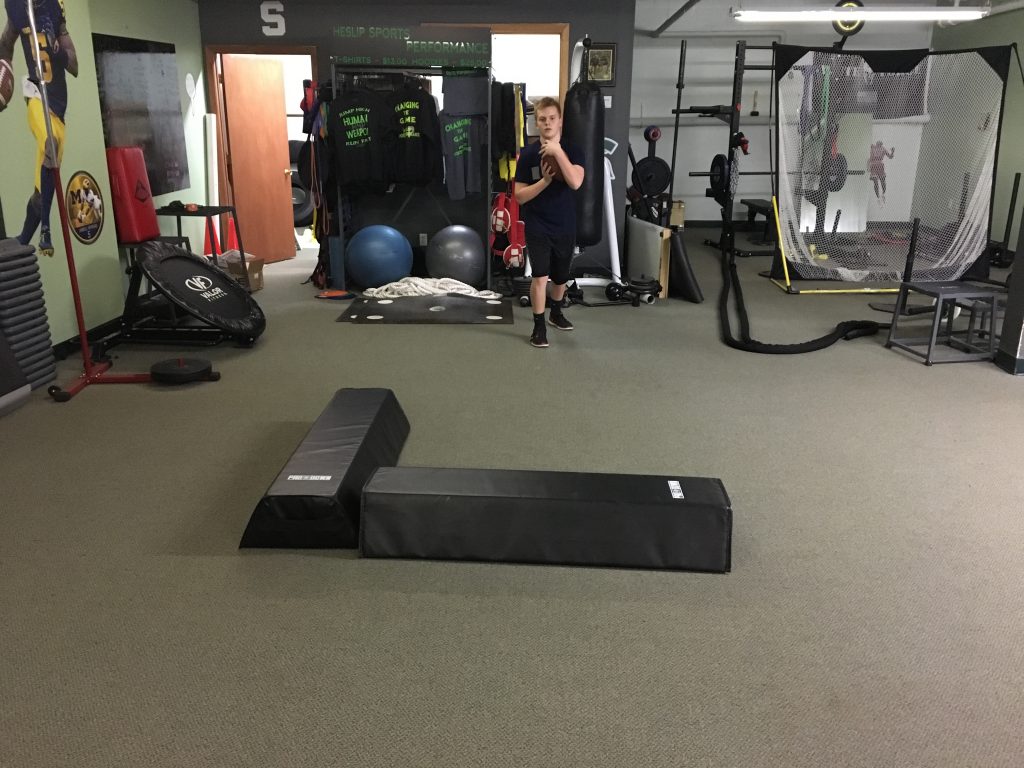
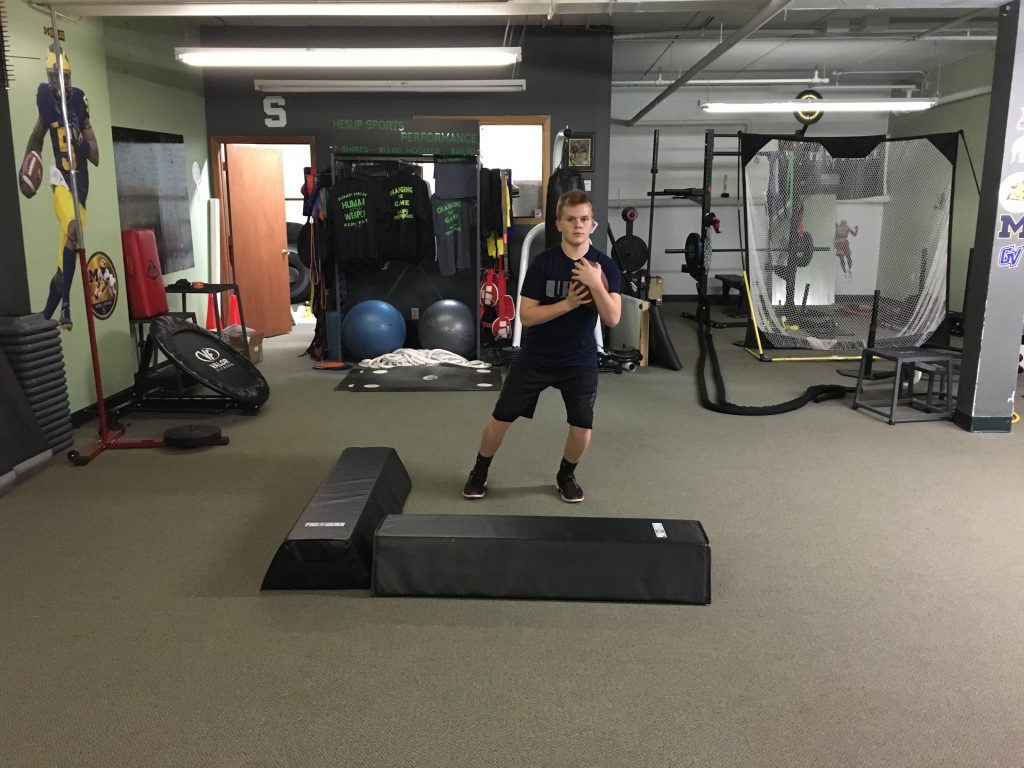
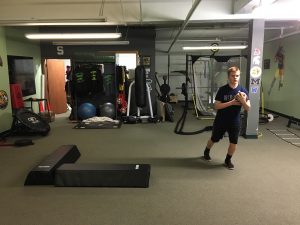
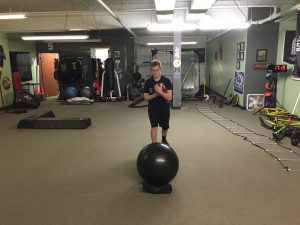
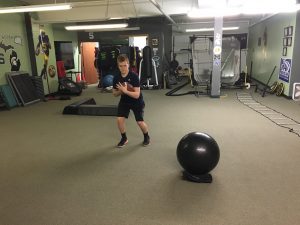


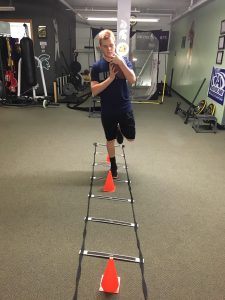
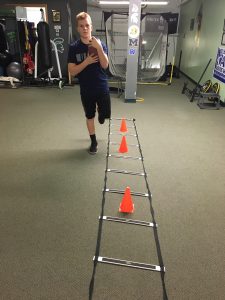
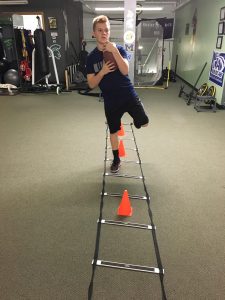
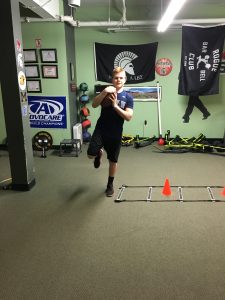
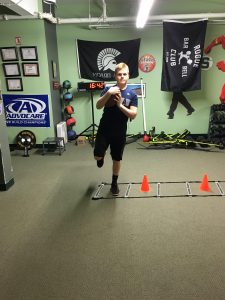
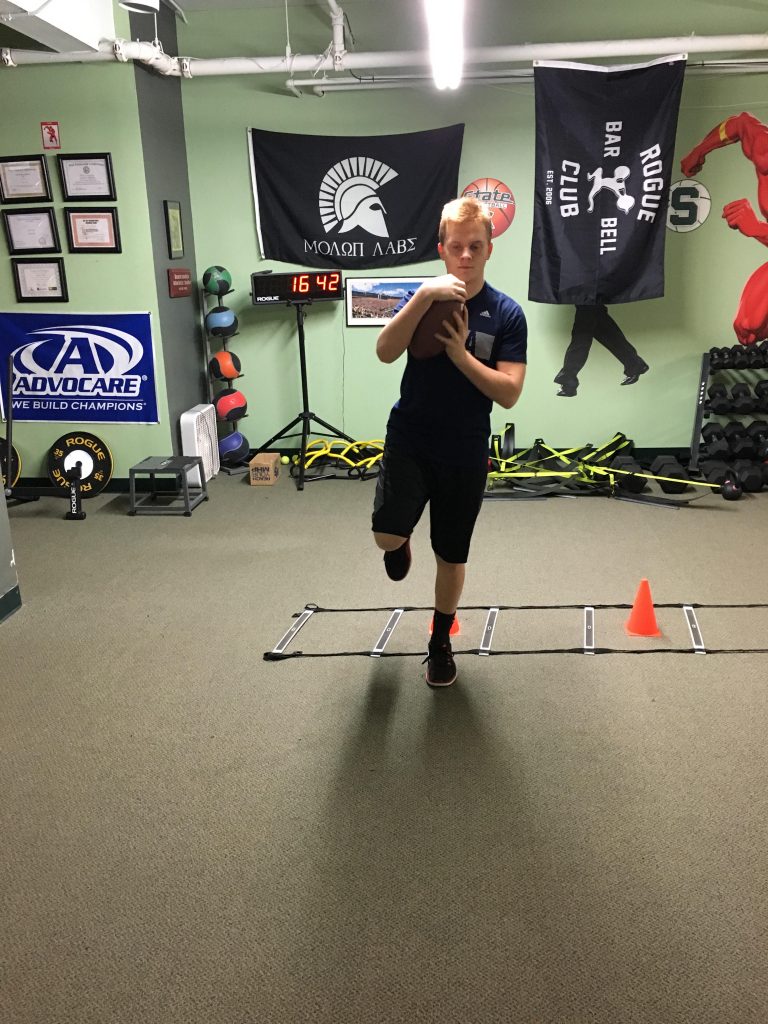

0 Comments for “Perfecting the Jump Cut”